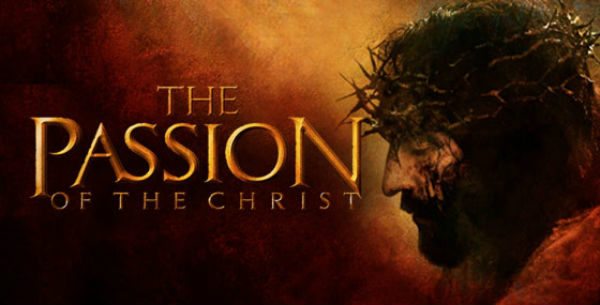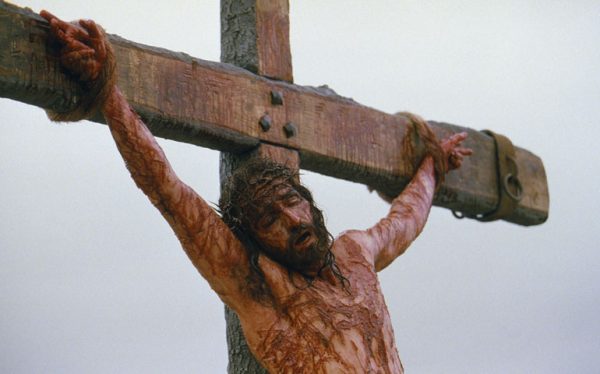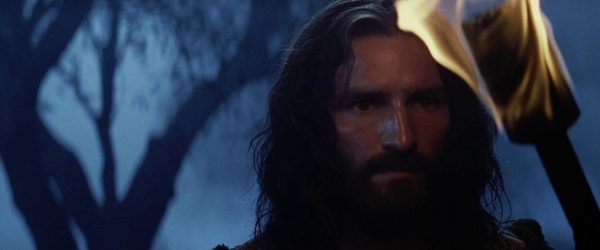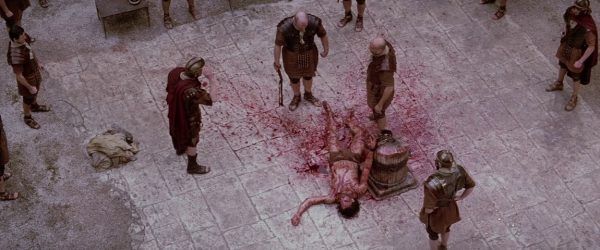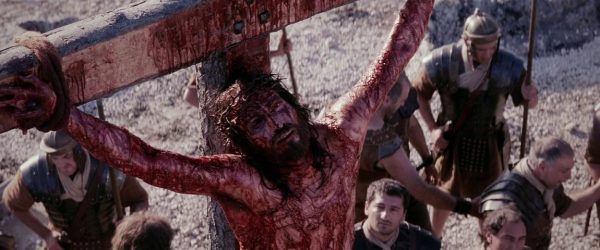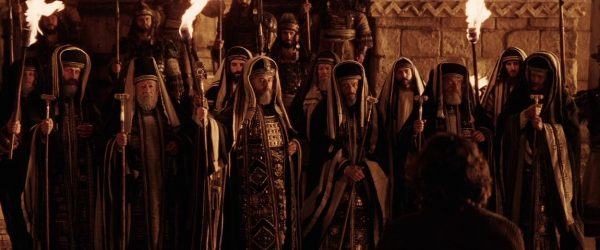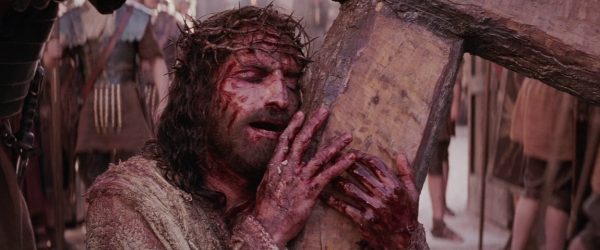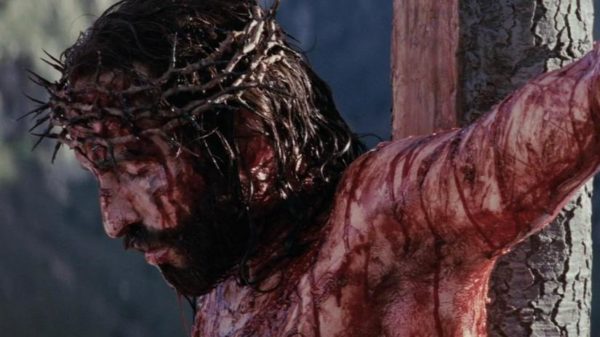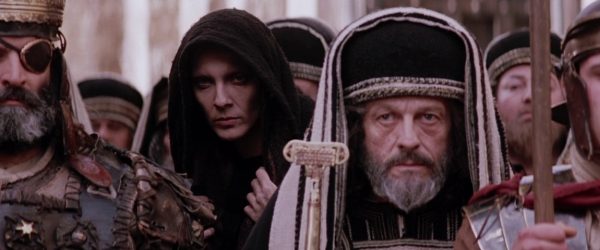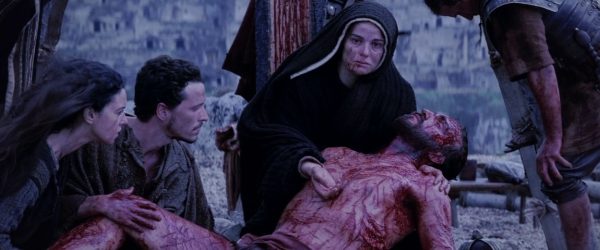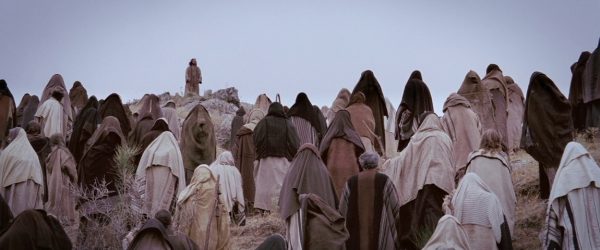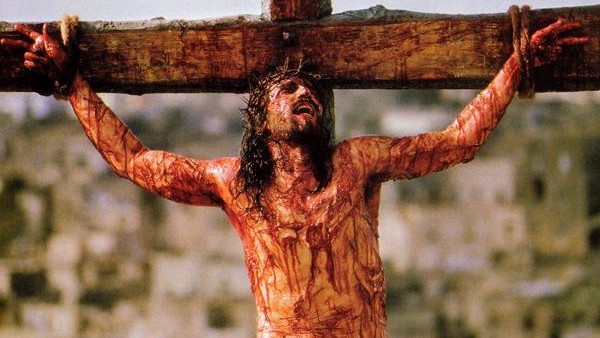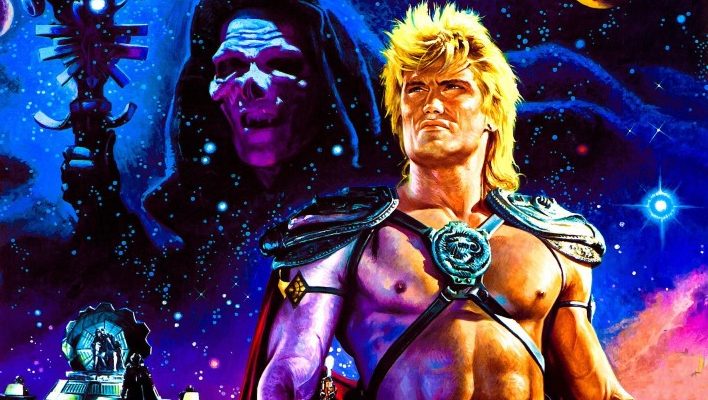Hasitha Fernando on the story behind The Passion of the Christ as it turns 20…
The Passion of the Christ has been a hotbed of controversy since the day the project was announced. Whilst some took offense with the film’s blood-soaked violence and anti-Semitic overtones there were a great many who admired Mel Gibson’s singular vision and what he’d accomplished with the movie. And so, 20 years on from its release, we look back at the polarizing religious film and the behind-the-scenes incidents which highlight the gruelling and often challenging nature of the production, as well as the awe-inspiring events that transpired during the shoot.
Mel Gibson poured his own money into the project
2004’s The Passion of the Christ marked the second directorial undertaking of Mel Gibson. The Hollywood star made quite the splash nine years prior with his blood-soaked historical epic Braveheart but then shifted back to his usual acting gigs churning out hits like Lethal Weapon 4, Payback and The Patriot. After a relative silence of close to a decade as a filmmaker, Gibson decided to do a retelling of the Passion story for modern audiences. However, when Gibson reached out to major film studios for financial backing, they all refused to extend their support to the movie due to its controversial subject matter.
Seven major film studios – 20th Century Fox, Columbia Pictures, Metro-Goldwyn-Mayer, Paramount Pictures, Universal Pictures, Walt Disney Pictures, and Warner Bros. – walked away from the opportunity rather than be part of the project. In the end, Gibson and his company Icon Productions provided the film’s sole backing, spending about $30 million on production costs and an estimated $15 million on marketing.
Mel Gibson cautioned Jim Caviezel about taking the role
Jim Caviezel primarily played supporting roles in movies before his breakthrough performance on Terrence Malick’s World War II film The Thin Red Line. The American actor was then approached by director Mel Gibson to play the lead role in The Passion of the Christ. But Gibson’s offer came with a stern warning from the filmmaker who cautioned the performer that he’d find it difficult to get other roles afterwards. This worried Caviezel and made him rethink about joining the project but when a friend pointed out to him that he had the same initials as Jesus Christ and he would be 33 – the age Jesus was when he died – at the time of filming, it made the star change his mind. In later interviews, however, Caviezel has admitted that Hollywood has largely avoided casting him in good roles ever since.
Caviezel underwent a gruelling experience during the shoot
To say Jim Caviezel had to undergo a gruelling experience during the shoot would be something of an understatement. During interviews with multiple media outlets Caviezel had opened up about the difficulties he had to endure during the making of The Passion of the Christ. Some of the crazy incidents Caviezel had to endure include – experiencing a painful shoulder dislocation when the 150lb cross dropped on his shoulder, being accidentally whipped twice during the scourging scene leaving a 14-inch scar on his back, contracting pneumonia by being exposed to the frigid Italian winter (with temperatures of 25°F/-4°C and 30-knot winds) and tolerating migraine headaches brought on by a messed up depth perception due to one eye being concealed by make-up. And that’s not all…
Lightning struck Caviezel on more than one occasion
Jim Caviezel got struck by lightning not once, but twice during the making of the film. These two incidents took place whilst filming the Sermon on the Mount scene and during the crucifixion sequence. Caviezel’s hair caught on fire he was struck, but he was otherwise miraculously unharmed. And it was during this sequence that assistant director Jan Michelini, who went to check on Caviezel’s condition, was also struck by lightning.
The film was initially not supposed to have subtitles
In various interviews Mel Gibson has stated that his initial intention was to release The Passion of the Christ without subtitles, by letting the performances speak for themselves through “filmic storytelling. Because the Passion is such a well-known story, Gibson felt that he needed to avoid vernacular languages and had this to say regarding his strange creative decision: “I think it’s almost counterproductive to say some of these things in a modern language. It makes you want to stand up and shout out the next line, like when you hear ‘To be or not to be’ and you instinctively say to yourself, ‘That is the question.’” However, in spite of his earlier decision subtitles were added before the movie’s release so that people would understand everything that is being said in Latin, Hebrew, and Old Aramaic.
The movie marked Mel Gibson’s first contribution as a writer
Mel Gibson is one of Hollywood’s prolific actors and with the success of Braveheart it’s safe to say the star made a smooth transition to directing as well. With The Passion of the Christ the performer went one step further, by taking on scripting duties of the film along with co-writer Benedict Fitzgerald. Using the canonical Gospel narratives of the New Testament as the primary source material Gibson and Fitzgerald crafted the original script in English before it was translated into Latin and reconstructed Aramaic by Prof. Williams James Fulco of the Loyola Marymount University. Occasionally Fulco included deliberate errors in pronunciations and word endings when the characters were speaking a language unfamiliar to them.
Jim Caviezel sometimes went to sleep in full body makeup
During the making of the scourge sequence, it took the makeup department over 10 hours to put Jim Caviezel into the scourged makeup. The makeup effects ranged from discolored contusions to peeled flesh and then some. However, even in spite of the best levels of preparation there were days when weather conditions were completely unsuitable for filming. On such occasions Caviezel kept on his makeup and even went to bed with it, in order to avoid spending additional hours in the makeup chair by having it removed and re-applied the very next day.
Some cast & crew members converted to Catholicism after production wrapped
What the cast and crew of The Passion of the Christ experienced during the making of the movie can best be described as transcendent. These spiritual experiences were so profound that they even galvanized some members of the production to pause and reflect and re-embrace their once abandoned beliefs. The most awe-inspiring incident, however, concerned Luca Lionello who played Judas Iscariot in the picture. The actor’s involvement with the film literally transformed his life from being a self-proclaimed “angry atheist” to becoming a staunch Catholic, following the completion of the movie.
Box-office success amidst a mixed critical consensus
As mentioned earlier none of the major studios wanted to commit to The Passion of the Christ, since they deemed the subject matter too controversial and risky. So, it rested on Mel Gibson and his production company Icon Studios to finance the venture on their own steam with Newmarket Films assisting with the distribution. Gibson even resorted to using atypical methodologies to market and promote his effort, like mobilizing the support of the American evangelical community and utilizing retailers and websites to sell the movie’s licensed merchandise.
The total production cost of the flick was $30 million but by the end of its theatrical run The Passion of the Christ ended up with a massive worldwide box-office haul of $612.1 million. This monumental achievement becomes all the more impressive because of the controversies that swirled around the movie from day one and the blatant refusal by some countries to allow the film to be displayed in their cinemas. Until 2017 The Passion of the Christ even remained the highest-grossing non-English film of all time, before it was dethroned by the Chinese movie Wolf Warrior 2. Even today the effort continues to occupy a place in the top ten highest-grossing non-English movies of all time, a list that would have otherwise been fully composed of Chinese films.
In spite of its mega box-office success, however, The Passion of the Christ unfortunately garnered a mixed response from film critics with many criticizing the movie’s overt use of violence and anti-Semitic overtones. But it certainly found a fan in Roger Ebert who showered the movie with high-praise saying: “What Gibson has provided for me, for the first time in my life, is a visceral idea of what the Passion consisted of. That his film is superficial in terms of the surrounding message—that we get only a few passing references to the teachings of Jesus—is, I suppose, not the point. This is not a sermon or a homily, but a visualization of the central event in the Christian religion. Take it or leave it.”
Heated controversies, awards love, sequel talks & beyond
Even prior to the film’s release there were major concerns and prominent criticisms regarding the perceived anti-Semitic content of the film. And this was a pivotal factor for 20th Century Fox’s decision to pass on the movie. These controversies grew even more heated with the release of the effort with several Jewish biblical scholars penning scathing reviews regarding the portrayal of certain religious elements in the story.
However, there were many who defended Mel Gibson’s uncompromising vision and interpretation of the biblical tale. One of them was renowned film critic Roger Ebert who gave the effort a four out of four-star review for the Chicago Sun-Times. Ebert described the film as “a powerful and important film, helmed by a man with a sincere heart and a warrior’s sense of justice. It is a story filled with searing images and ultimately a message of redemption and hope.”Regardless, the controversies sparked widespread public debate about the portrayal of religious figures in media and the responsibility of filmmakers to accurately depict historical events.
Despite the polarizing allegations the movie received a fair amount of awards love, going on to nab Oscar nominations in several technical categories and winning Favorite Dramatic Motion Picture at the 31st People’s Choice Awards. The resounding success of The Passion of the Christ demonstrated the untapped potential religious-themed flicks have to reach a broad audience, and so a string of movie like The Nativity Story, Noah and Son of God were released, to varying degrees of success.
Since 2016 talks of a possible sequel, which would focus on the events that occurred between the crucifixion of Jesus Christ and His resurrection, were doing the rounds from time to time. The latest update in July 2023 revealed that Gibson had two versions of the script he was working on with writer Randall Wallace; one which was more grounded in reality while the other had more supernatural elements infused into it. The tentatively titled The Passion of the Christ: Resurrection would apparently be a two-parter but with neither a starting date for production nor a release date fixed and with Gibson’s commitment to helm Lethal Weapon 5 the most likely scenario would be that it might not happen anytime soon. But with more absurdist possibilities like Gladiator 2 actually happening, who knows? Anything is possible.
What are your thoughts on The Passion of the Christ? Let us know on our socials @FlickeringMyth…
Hasitha Fernando is a part-time medical practitioner and full-time cinephile. Follow him on Twitter via @DoctorCinephile for regular updates on the world of entertainment.
